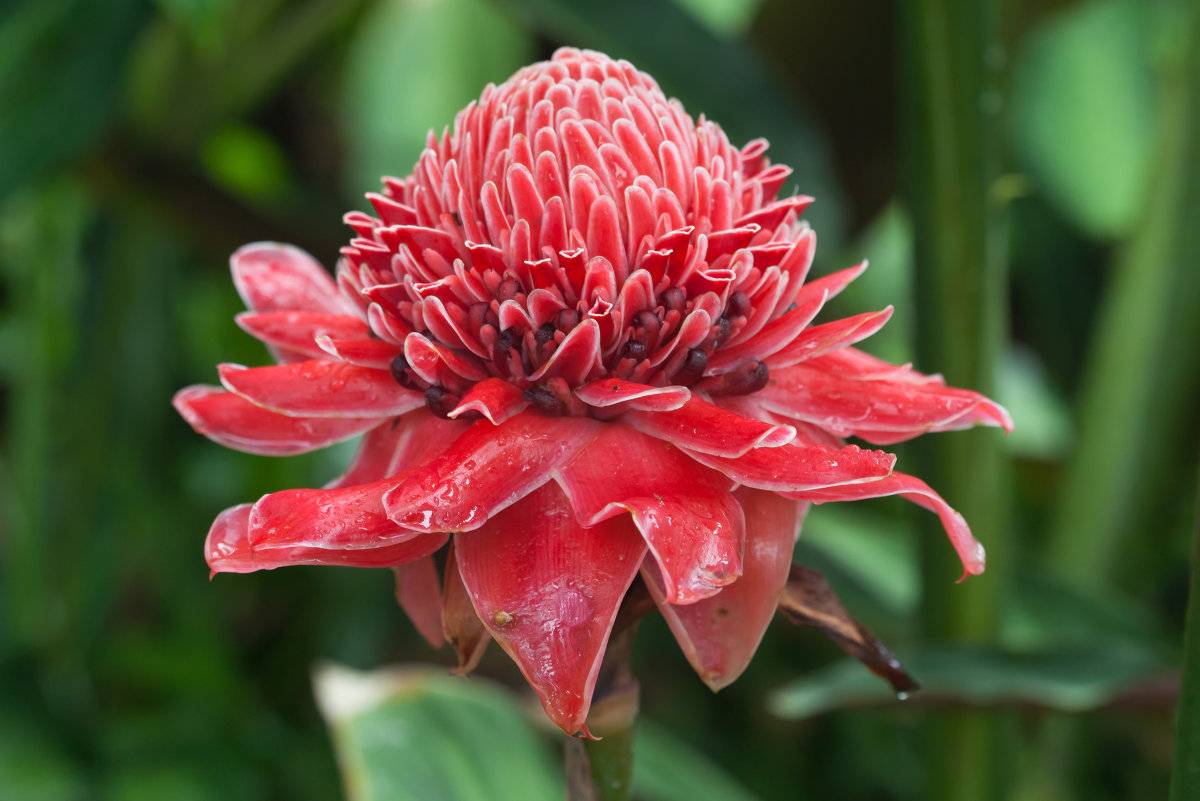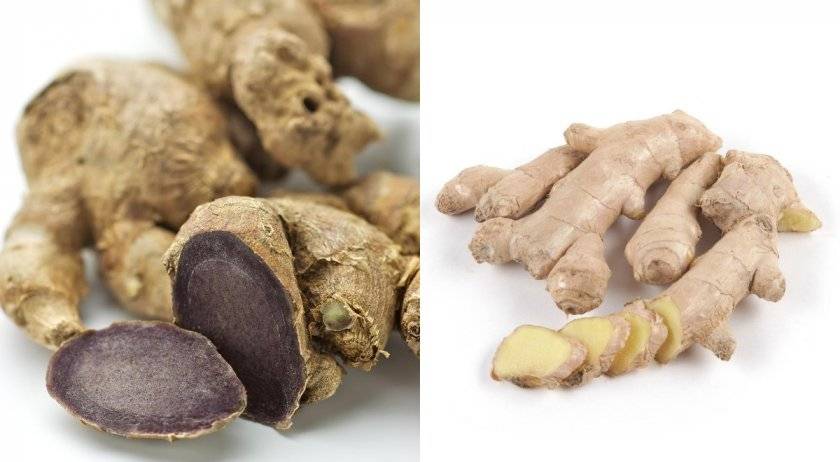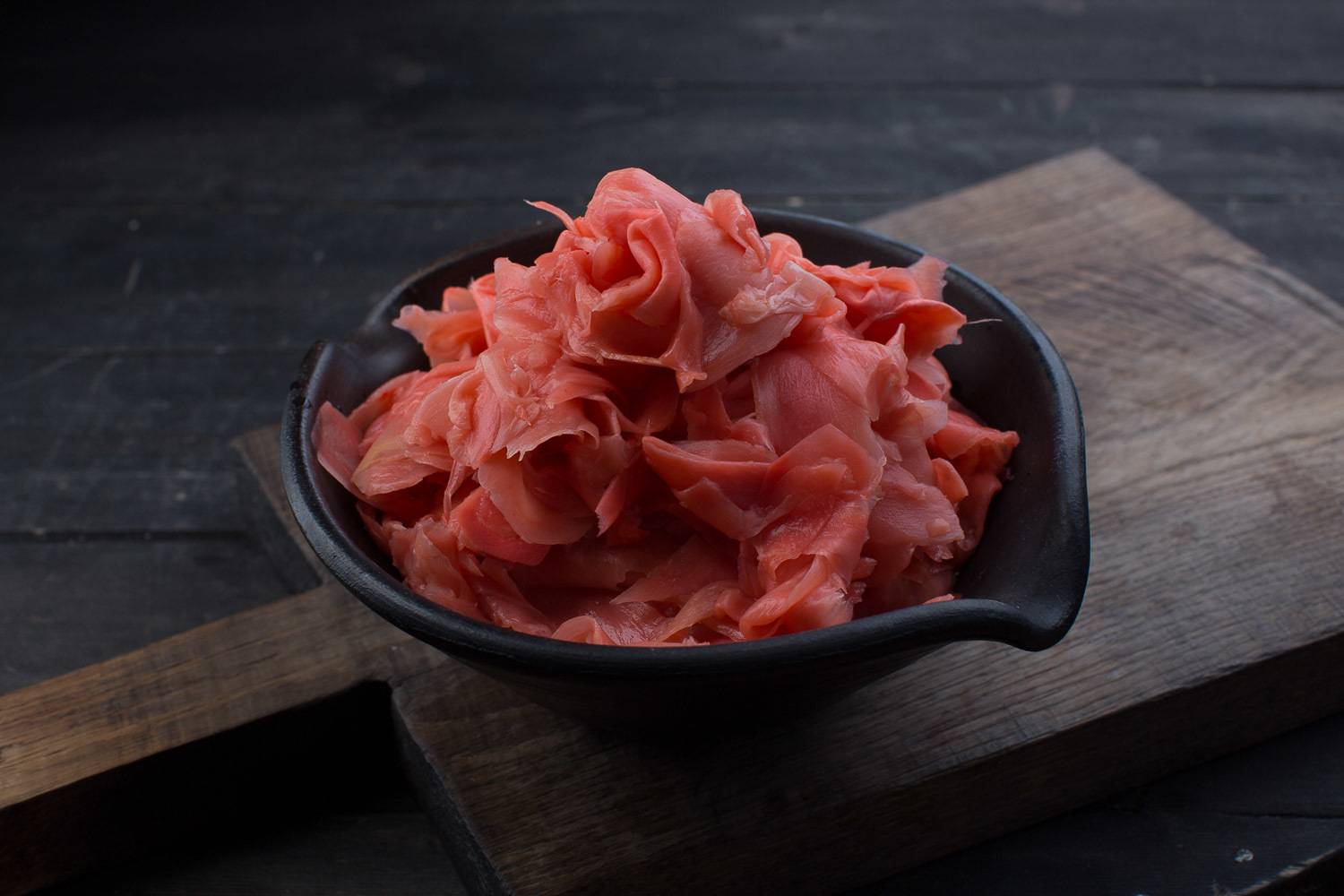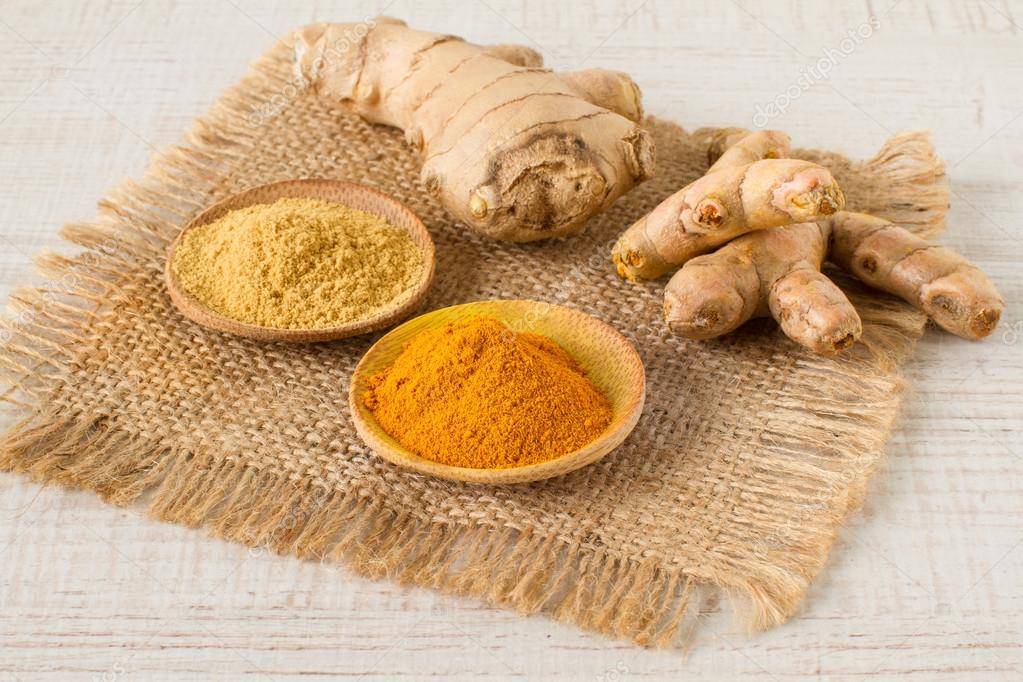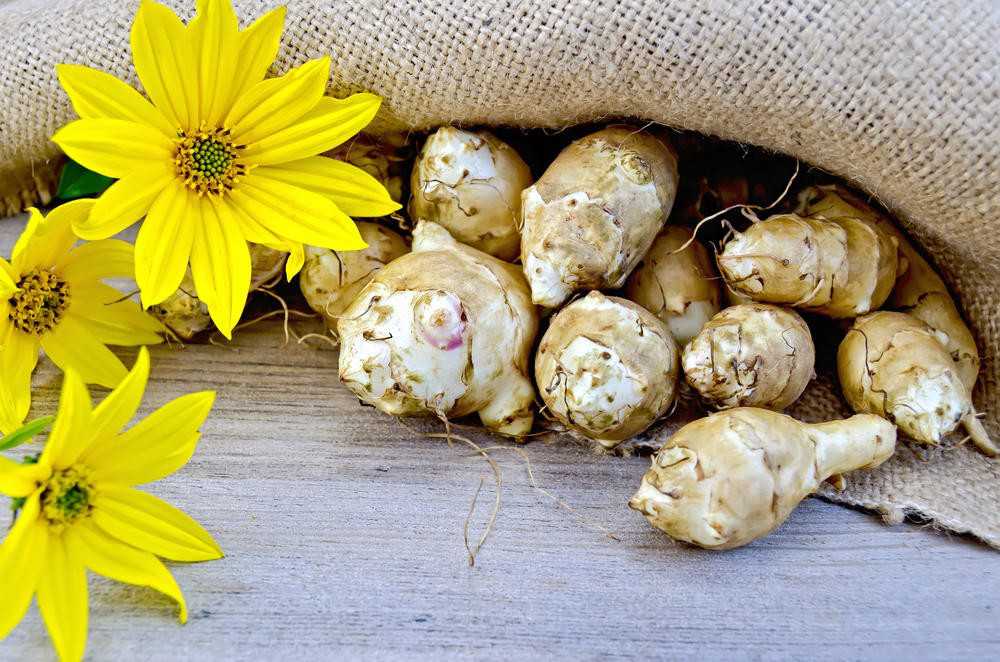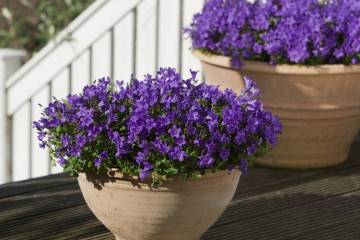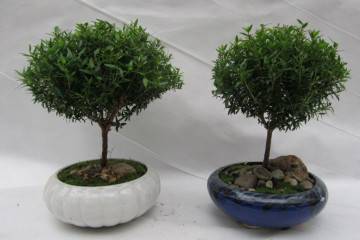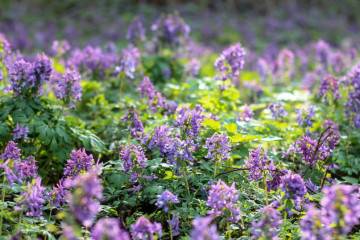Ginger - what is this plant and where it comes from
Ginger is increasingly found in everyone's diet. It is used for medicinal purposes, to improve appetite and give flavor to your favorite dishes. Eating to grow a miracle culture at home, not everyone knows what ginger looks like and where it germinates.
Ginger plant - where it grows
Ginger is a herbaceous plant found in tropical and subtropical climates. You can meet the plant in Thailand, China, India, and also in Australia. Some species can grow in temperate climates. On the island of Kyushu, Japanese ginger can be found in the forest. Due to its medicinal properties, the white root quickly spread throughout the world.
Culture was brought to Russia more than a century ago. In the middle lane, it is almost impossible to meet a wild-growing root crop. It needs a warm, tropical climate to grow. On the territory of Russia, the plant can be seen in pots or in greenhouses. On an industrial scale, the crop is grown on plantations in Argentina, China, India, from where it goes to shops and markets.
What does a ginger plant look like?
Many are familiar with ginger spice in the form of a root, but few people know what a ginger plant looks like in the wild. Outwardly, it resembles a long grass. The stem is covered with scales. All species that grow in their natural environment are perennials, life expectancy is 10 years. Grows up to two meters. The stem is erect, rich green.
Bloom
The culture is used not only for culinary, medicinal, but also for decorative purposes. By planting a plant in a pot, and using it as an interior decoration. It takes a lot of effort to make a ginger flower bloom.
Ornamental varieties have small buds that look like a rose. The petals are dense and fleshy. Depending on the variety, the buds are pink, red, yellow and white. The shape of the flower is varied in the form of a cone, a lily and a rose.
Interesting! Ginger blooms for a long time. Blooms three years after planting.
What leaves look like
The leaves grow at the root, outwardly resemble a fern. The length of the leaf blade is up to 20 centimeters, the width is 1 centimeter. The leaves are narrow and lanceolate, with a pointed tip. When grown at home, the crop takes the form of a small deciduous plant.
What does the root look like?
The root system is creeping, represented by a fleshy and wide rhizome. The root resembles bizarre shapes intertwined with each other. Outside, it has a light brown color, inside it is yellow. Small shoots extend from the main rhizome, which give ground shoots. It can be compared to the root system of a tree.
Ginger: is it a vegetable or fruit
What is ginger: a vegetable or a fruit? In botanical dictionaries, instead of the words "vegetable" or "fruit", the term fruit is used. Ginger like carrots and onions are not fruits as they are roots. The culture is a modified rhizome. In everyday life, fruits are usually called the fruits of trees. Vegetables include the edible portion of some plants, excluding herbs and seasonings.
The question, ginger is a vegetable or a fruit, is not justified.This plant in cooking is referred to as a seasoning. Ginger is a spice.
Where does ginger come from?
Ginger is a southern plant native to India. Ginger root has been familiar to mankind for a very long time. Legends and treatises were written about this amazing plant. The healing properties of the white root are mentioned in ancient manuscripts. For some time it was used as a currency. Through India, the rhizome got to China, Europe and America. In Europe, the root vegetable has become the main ingredient in biscuits. In the 15th century, gingerbread was given to girls instead of a bouquet and cakes.
Varieties and types for cultivation
The ginger plant has about 140 species. Despite this variety, not all species are suitable for culinary and medical applications. Many wild varieties do not have a distinct flavor. Before you start growing a plant at home, you need to find out from which variety you can get spices.
Among the varieties that are suitable for home growing are the following:
- ginger Chrysostom;
- ginger Krasnaya Polyana;
- White ginger;
- ginger Gold;
- ginger Medicinal.
All varieties have a characteristic aroma and taste. The aroma may differ, some species smell like grass, others citrus, and some do kerosene.
Some species are grown for trade:
- Purple. The second name is Pai. It differs from other varieties in that it has a cooling effect. Used in medicine as a pain reliever. The color of ginger is yellow or green. Inflorescences are white or yellow. The flowers give off a spicy aroma with a camphor note.
- Myoma. This is the only variety that can survive frost. Found wild in Japan. The Japanese use not only rhizomes in cooking, but also flowers.
- White (Bengali). The rhizome is for trade. The fruit is dug up, cleaned and placed in a weak solution of sulfuric acid. This action removes the pungency of the root and gives it softness and a pleasant aroma.
- Black (Barbados). After being removed from the ground, the root crop is poured with boiling water. This activity makes the fruit burning and pungent.
- Pink (Gary). The root has a reddish tint; it becomes yellow-gray when cut. Thanks to vinegar and sugar, it turns red. Gary's root vegetable is often purchased by restaurants and pizzerias. Most of the delivery services use the plant in their name, for example, "Ginger Zlatoust", "Krasnaya Polyana", Ginger Gold ".
Medicinal ginger is used for medical purposes. The pharmacy plant resembles a pine cone. Inflorescences are purple or yellow.
What heals
The root vegetable contains more than 400 useful components: vitamins, micro- and macroelements, organic compounds, acids and essential oils. Due to this, it has a tonic, anti-inflammatory, analgesic, disinfectant effect on the body. What Does Ginger Treat? The root vegetable is effective in the treatment of acute viral diseases, diseases of blood vessels and joints, respiratory tract, gastrointestinal tract, diabetes mellitus.
They use the horned root fresh, in the form of tinctures, juice, powder. Root teas help you lose weight and also remove cholesterol. To preserve more nutrients, it is not recommended to boil the fruit or give it a long heat treatment. Not so long ago, this wonderful spice began to be used in the treatment of kidneys and to strengthen blood vessels. Ginger inhalation relieves a runny nose and cough.
What is ginger for in cooking?
When buying a root vegetable, the question often arises: what is ginger for? And which variety is suitable for cooking? The rhizome is used in cooking fresh, dried and pickled. When added to food, it not only adds flavor to dishes, but also benefits the body.
The use of a root vegetable in cooking:
- Beverages. The root is added to kvass, tea is especially good when combined with lemon and honey. It is part of ginger ale and beer, English liqueur.
- Bakery products. The spice is added to the dough from which gingerbread cookies, gingerbread cookies, biscuits are baked.
- Spice. Used for marinating meat and fish.
- Eastern cuisine. Gary ginger is pickled and served as an appetizer and salads for rolls and sushi.
The root vegetable goes well with other seasonings: star anise, cloves, cinnamon, black pepper, dill and fennel.
Turmeric and ginger are the same
When dealing with a southern root vegetable for the first time, many are wondering: are turmeric and ginger the same thing? Although these two spices are related, the answer is no. Outwardly, both cultures are similar. Turmeric is also a root, bright orange or golden in color. The aroma is spicy with hints of citrus.
The seasoning is obtained as follows: the root is boiled or steamed, dried and crushed.
Both plants belong to the genus Zingiberacea and belong to the same Ginger family. Jerusalem artichoke also belongs to this family. In nutrition, it is used as a rhizome. Like its relatives, it contains a large amount of vitamins, marco and macronutrients. It tastes sweet and smells like potatoes. Unlike ginger, Jerusalem artichoke is fried, boiled, stewed. Horned root is mainly used in cooking for flavoring.
How to grow a spice at home
Growing a horned root is not difficult. To do this, you need to decide:
- For what purposes is the culture grown. You can grow it for decorative purposes or to obtain a medicinal root crop.
- Where it will grow. The plant can be grown in a pot or outdoors as an annual crop.
After the goals and location are selected, you can proceed to landing. A smooth root is suitable for growing; it should not be dry and lethargic. Give preference to a tuber with eyes and buds.
Before planting, the rhizome should be placed in water for 24 hours. To disinfect it, you can add a little potassium permanganate to the water. Suitable soil for cultivation is nutritious soil or moist moss. It is necessary to plant the tuber in a wide pot, since its roots grow wide.
Soil planting process:
- A drainage layer is placed at the bottom of the container. It can be pebbles or expanded clay.
- Pour soil on top or spread sphagnum. Fill the flowerpot two-thirds.
- A rhizome is placed on the soil. All kidneys must be directed upwards.
- Pour soil or moss on top.
The culture is usually planted in April, the temperature regime should be in the range from +18 to +20 degrees. The soil must be constantly moist. After the appearance of the first leaves, it is necessary to fertilize, repeat every 10-12 days.
Ginger will fill your home with a spicy scent. If properly grown and cared for, you can get the healing root at home.
